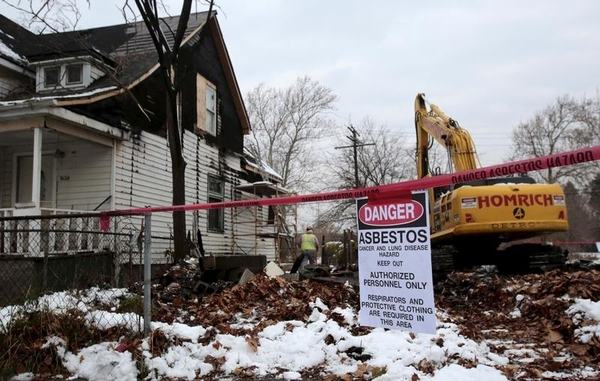Employers must have asbestos exposure management program

The government of Canada is amending the Canada Labour Code to lower the exposure to airborne chrysotile asbestos to as close to zero as possible.
Now, the occupational exposure limit (OEL) for all forms of airborne asbestos fibre is not to exceed the value adopted by the American Conference of Governmental Industrial Hygienists (ACGIH), which is currently 0.1 fibre per cubic centimetre. Previously, the OEL was 1 fibre per cubic centimetre.
This regulatory change, along with several others, came into force Wednesday. The new regulatory provisions include an asbestos exposure management program, which requires employers to provide education and training for employees involved in asbestos-related work activities, such as handling, removal, repair or disturbance of asbestos-containing materials that could expose employees to asbestos in the workplace. The Minister of Employment, Workforce Development and Labour Patty Hajdu made the official announcement, saying the updates were long overdue.
These changes will significantly lower the risk of workers coming into contact with asbestos in the workplace, while ensuring consistency with most provincial and territorial regulations for airborne asbestos fibre, the government said. They will also align the asbestos exposure standards with the highest, safest standard in Canada and internationally.
In addition to the amendments to occupational health and safety regulations on asbestos, the broader government of Canada strategy to ban asbestos and asbestos-containing products by 2018 includes new regulations under the Canadian Environmental Protection Act, updates to national building codes to prohibit the use of asbestos in new construction and renovation projects across Canada and support for listing chrysotile asbestos to the Rotterdam Convention as a hazardous material.





